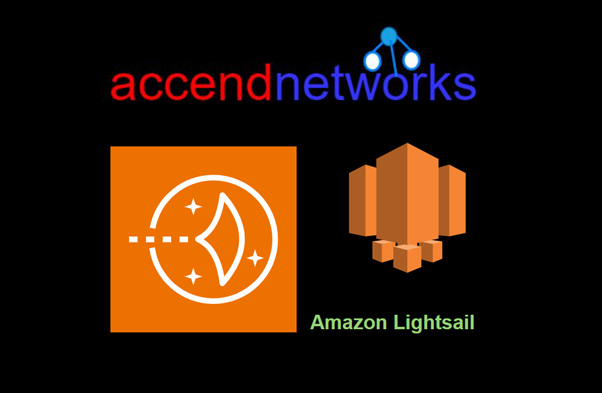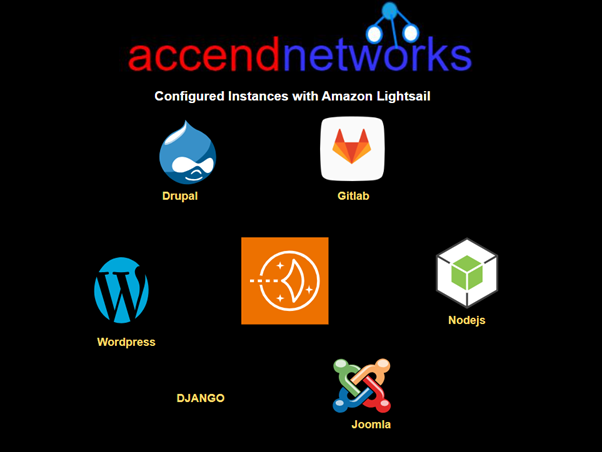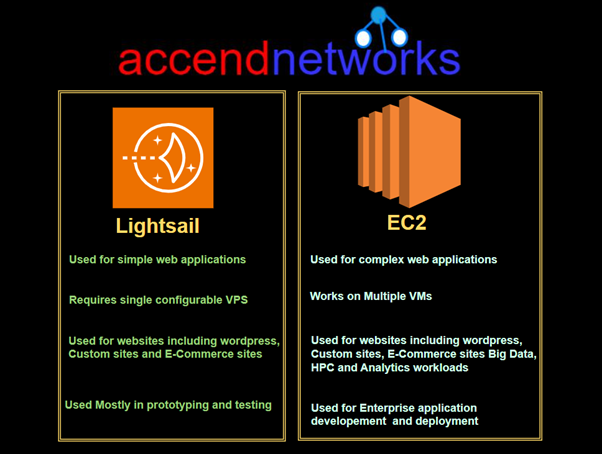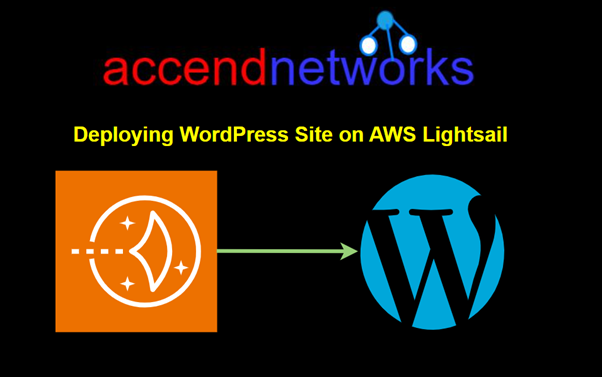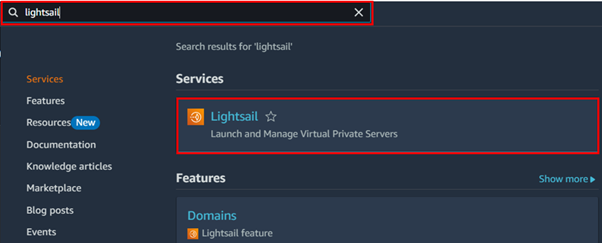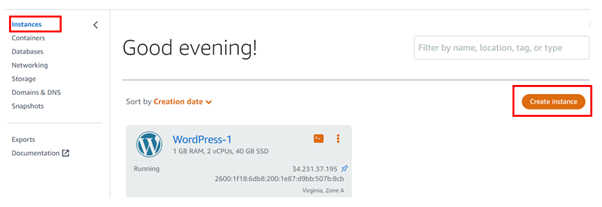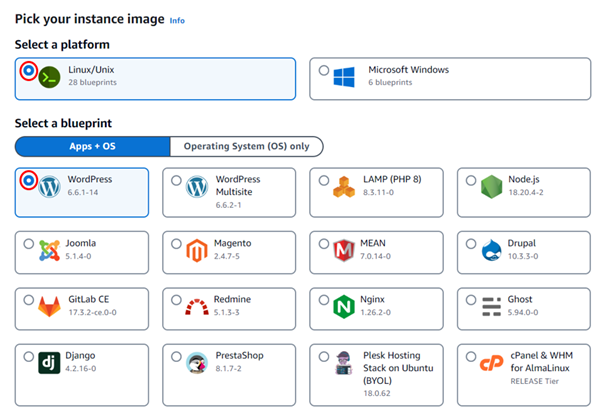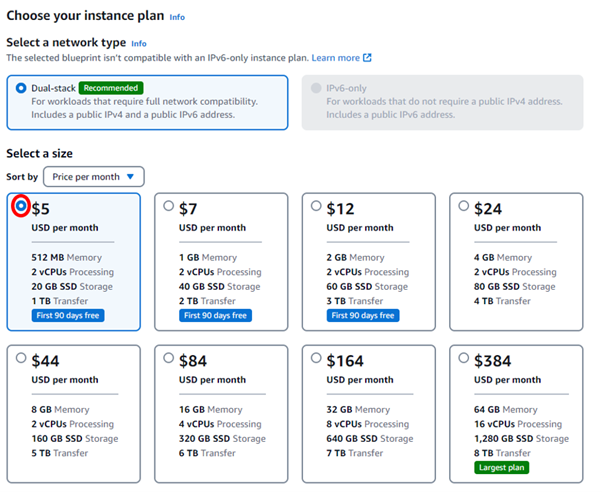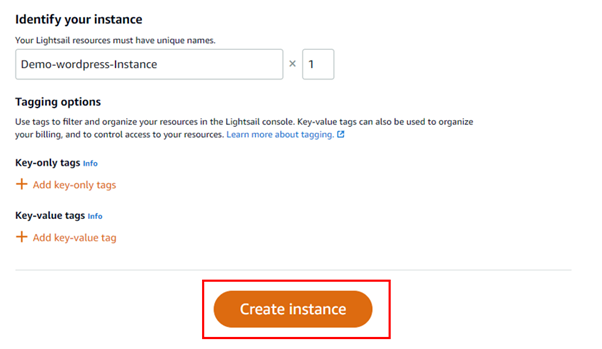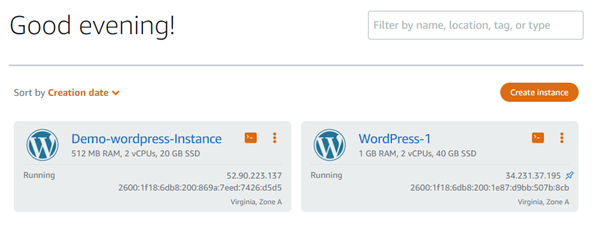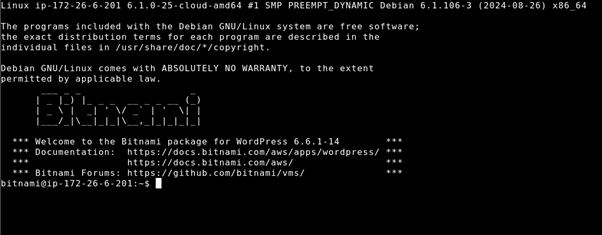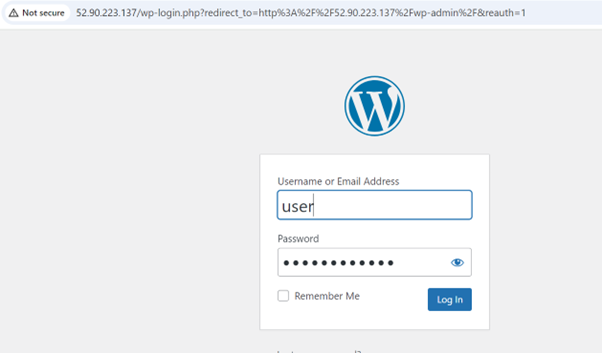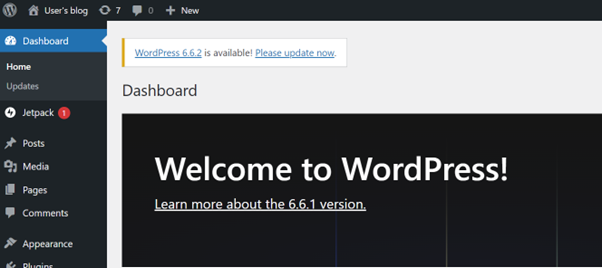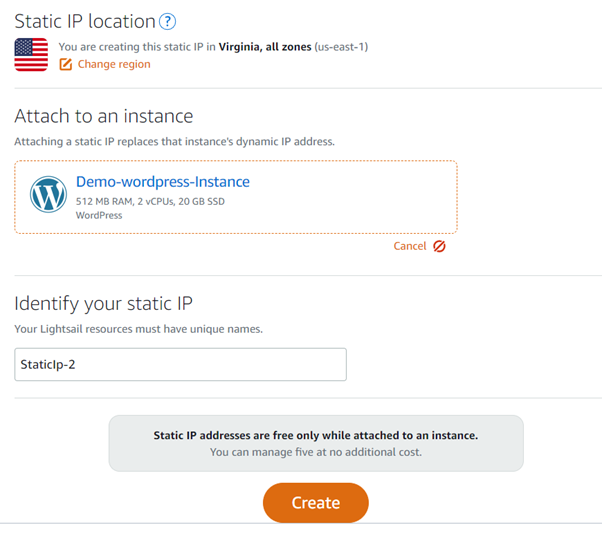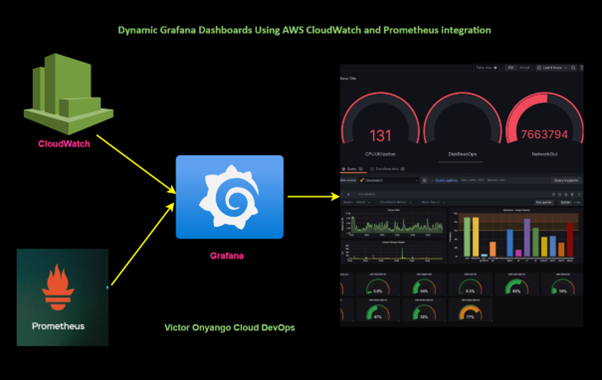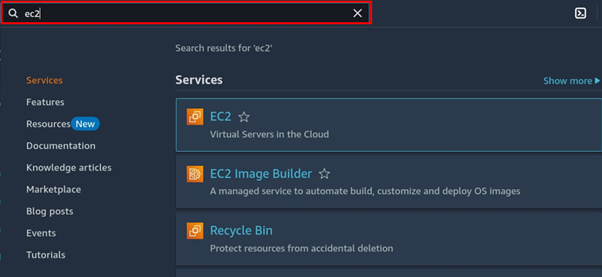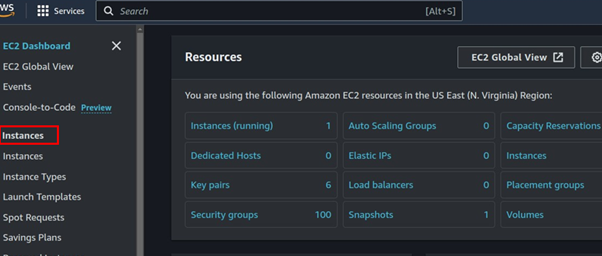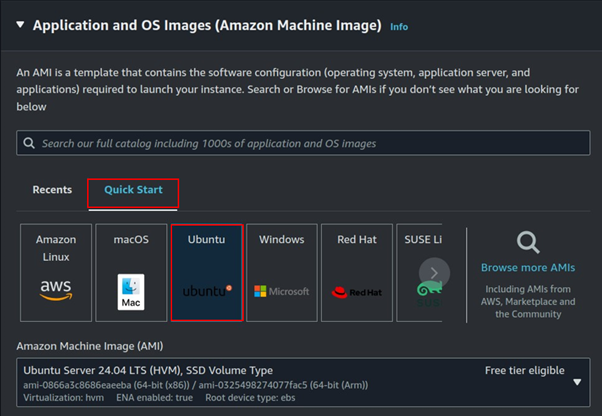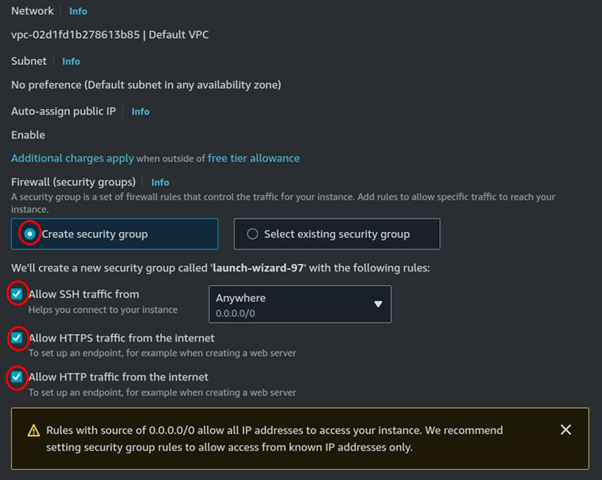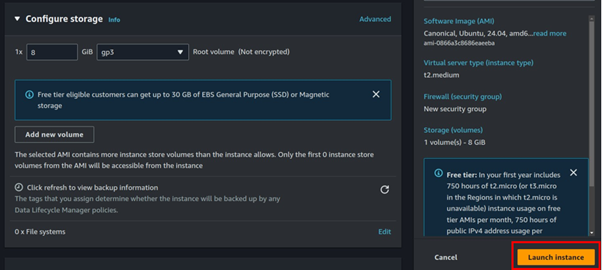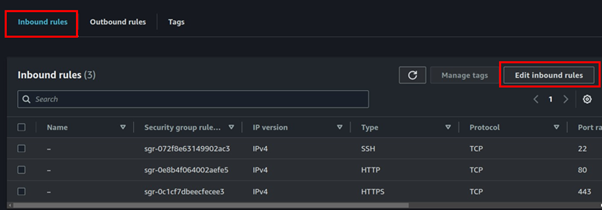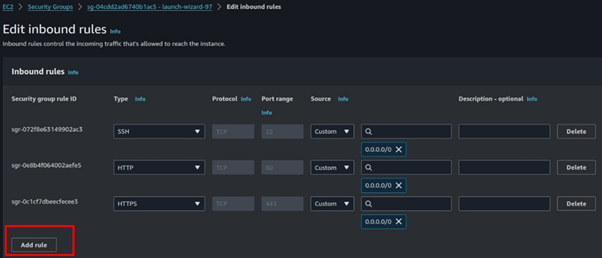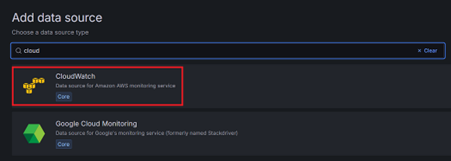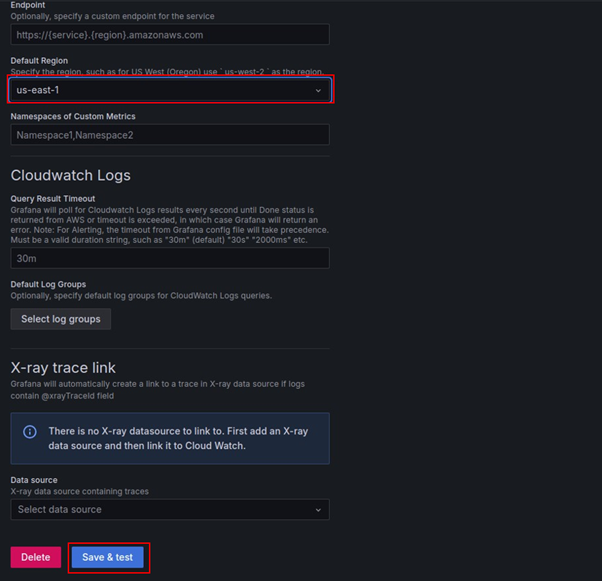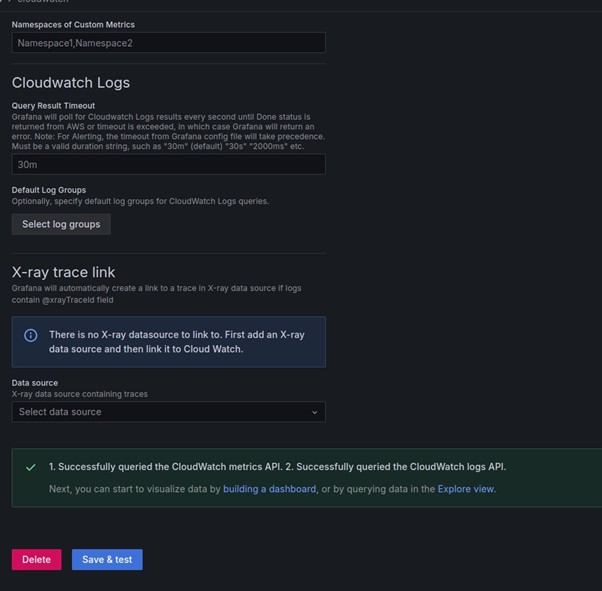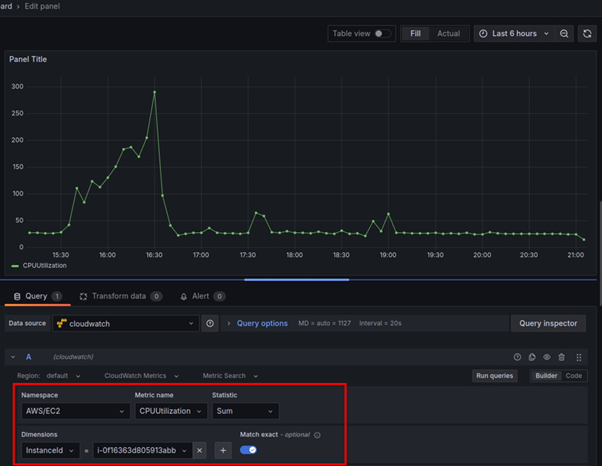Mastering Amazon Elasticsearch (Amazon OpenSearch): A Comprehensive Overview

Introduction
Amazon Elasticsearch Service, now known as Amazon OpenSearch Service, is a fully managed solution that makes it easy to deploy, secure, and operate Elasticsearch clusters on AWS. Elasticsearch, an open-source search and analytics engine, is commonly used for log analytics, real-time application monitoring, and search functionalities.
In this blog, we’ll explore the essentials of Amazon OpenSearch Service and its key features.
What is Amazon Elasticsearch
Amazon Elasticsearch Service, now known as Amazon OpenSearch Service, is a fully managed service provided by AWS that makes it easy to deploy, secure, and scale Elasticsearch clusters in the cloud. Elasticsearch is an open-source search and analytics engine, often used for log analytics, full-text search, real-time application monitoring, and operational intelligence.
Amazon OpenSearch Service automates many administrative tasks such as hardware provisioning, patching, backup, recovery, and monitoring, enabling users to focus on extracting insights from their data.

Amazon Elasticsearch fully integrates with open-source APIs and seamlessly connects with popular data visualization and ingestion tools such as Logstash and Kibana, as well as other AWS services. This integration allows you to leverage your existing code and tools for data ingestion, visualization, and analysis, enabling you to extract valuable insights quickly and securely without the need for extensive reconfiguration. Whether you’re building a search engine or performing log analytics, Amazon OpenSearch Service ensures compatibility and ease of use across your workflows, empowering you to focus on deriving insights from your data efficiently.

Why Use Amazon Elasticsearch (OpenSearch)?
Amazon OpenSearch is an ideal solution for users who need a powerful search engine but want to avoid the operational complexity of managing their infrastructure. Below are some of the key reasons to use this service:
Fully Managed: AWS handles everything from patching and backups to security and monitoring, allowing you to focus on your application.
Scalability: You can start small and scale as your needs grow, from a few documents to petabytes of data.
Security: Integration with AWS Identity and Access Management (IAM) and encryption options, like encryption at rest and in transit, ensures your data is secure.
Cost-Effective: Amazon OpenSearch provides flexible pricing, and you pay only for what you use.
Key Features of Amazon Elasticsearch Service
High Availability: OpenSearch Service distributes data across multiple Availability Zones, ensuring that your cluster is fault-tolerant.
Monitoring and Alerting: It integrates with AWS CloudWatch for detailed monitoring and provides features like OpenSearch Dashboards to visualize data and set up custom alerts.
Data Security: Built-in encryption features and integration with AWS IAM enable role-based access control to ensure secure data management.
Automatic Snapshots: Amazon OpenSearch Service provides automatic, daily snapshots, and you can configure manual snapshots for your cluster’s data backups.
Log Analytics and Search: Elasticsearch is widely used for analyzing logs, monitoring system performance, and providing full-text search capabilities.
OpenSearch Dashboards
OpenSearch Dashboards is a user-friendly interface that lets you interact with the data stored in your OpenSearch domain. You can use it to:
Visualize Data: Create interactive visualizations to explore your data.
Create Dashboards: Build custom dashboards for monitoring, system performance, or any other real-time metrics.
Set Alerts: Set up alerts to notify you when certain thresholds or conditions are met.
Pricing and Cost Optimization
Amazon OpenSearch Service pricing is based on a pay-as-you-go model. You pay for:
Instance hours: The time your instances are running.
Data transfer: Data moved in and out of your cluster.
Storage: Persistent storage and EBS volumes.
Conclusion
Amazon Elasticsearch (Amazon OpenSearch) Service is a powerful, fully managed solution for anyone looking to use Elasticsearch without the operational burden of managing clusters. It offers high availability, scalability, security, and cost-effectiveness, making it ideal for both small and large-scale applications.
Thanks for reading and stay tuned for more.
If you have any questions concerning this article or have an AWS project that requires our assistance, please reach out to us by leaving a comment below or email us at sales@accendnetworks.com.
Thank you!

